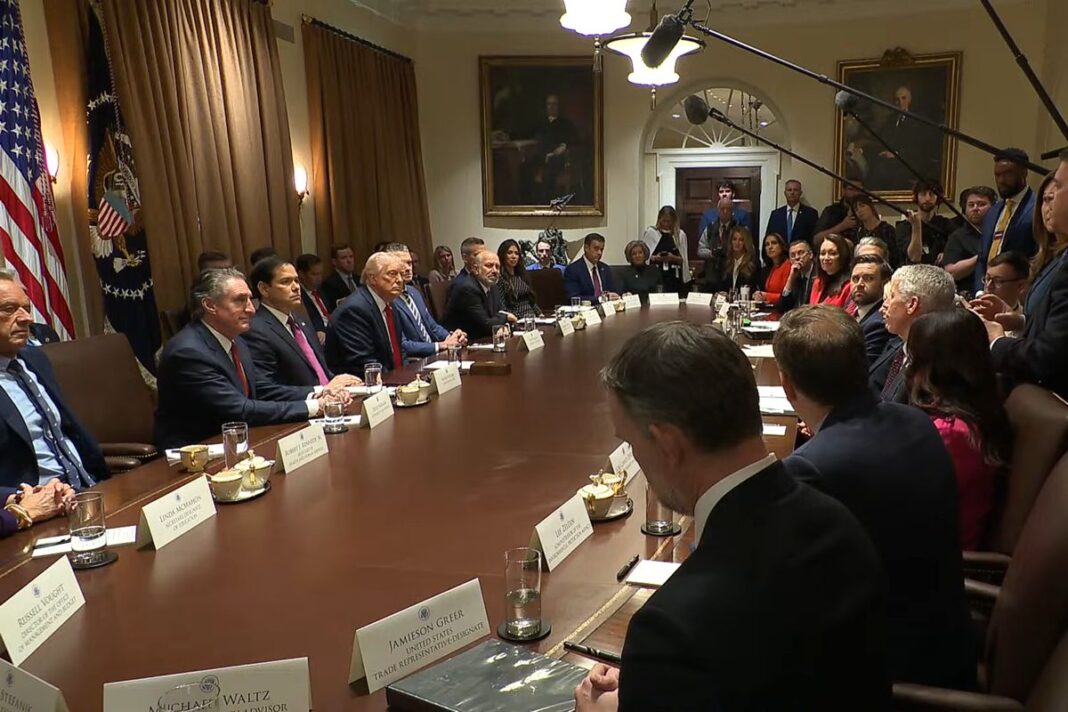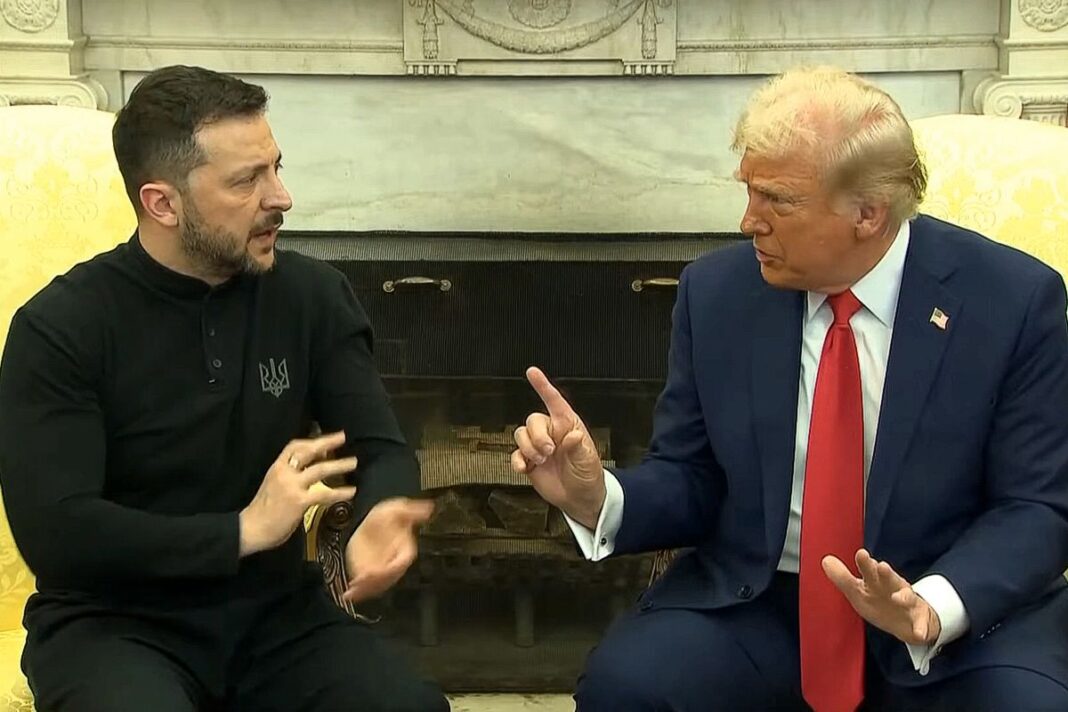The president launched a new chapter in U.S. trade, imposing a 10 percent universal tariff on trading partners and higher reciprocal levies on some.
WASHINGTON—Just 72 days after taking office, President Donald Trump announced on April 2 sweeping trade policy changes, introducing what he called “reciprocal tariffs” for all countries and declaring it “Liberation Day in America.”
For decades, the United States has kept low trade barriers, promoting free trade agreements with minimal or zero tariffs—at least on its part. Those days are now over.
At a White House event, Trump presented a large chart outlining baseline and reciprocal tariff rates trading partners now face in attempts to balance their high trade barriers against U.S. goods. The rates include a flat 10 percent levy, along with additional rates tailored to match each nation’s trade barriers on America.
Trump’s new tariff regime is designed to boost U.S. manufacturing and create American jobs, but the effects on inflation and the short-term and long-term impacts on the economy remain to be seen. Here are seven takeaways from Wednesday’s announcement.
1. 10 Percent Universal Tariffs
2. Reciprocal Tariffs Target Countries With High Barriers
3. China Faces Steep Tariff Hike
4. Canada, Mexico Omitted From List
5. Trump Justifies New Tariffs
6. Role of Tariffs in Trump’s Economic Plan
7. Economic Indicators to Watch
1. 10 Percent Universal Tariffs
Trump imposed a minimum baseline tariff of 10 percent on imports from all countries. The across-the-board levy will take effect on April 5 at 12:01 a.m.
“Foreign nations will finally be asked to pay for the privilege of access to our market—the biggest market in the world,” Trump said.
The president implemented the latest trade measures as he declared a national emergency under the 1977 International Emergency Economic Powers Act, a law that grants the president authority to regulate imports.
Last year, the United States imported approximately $4.1 trillion in goods and services. The White House estimates that new tariffs could generate trillions of dollars over a 10-year period.






